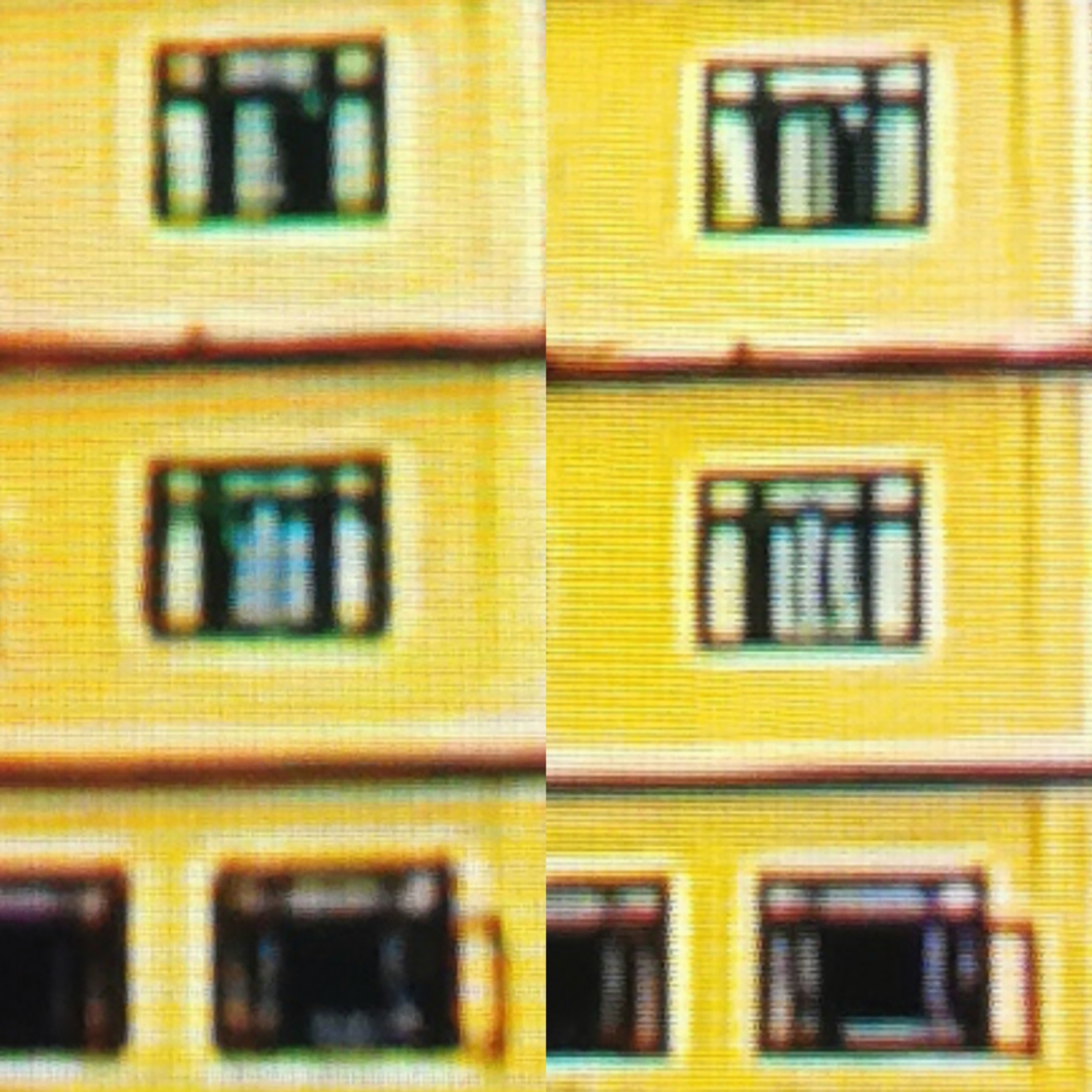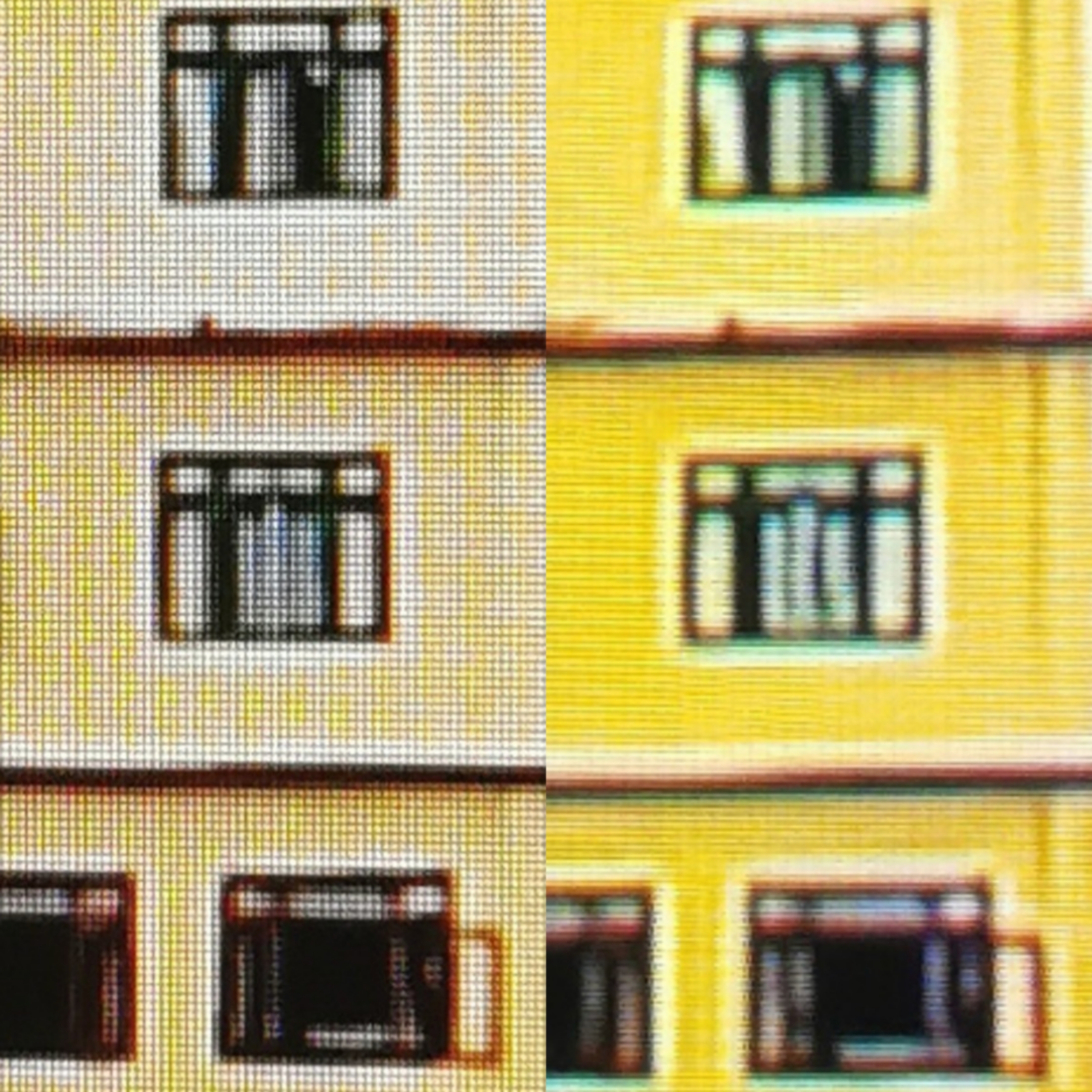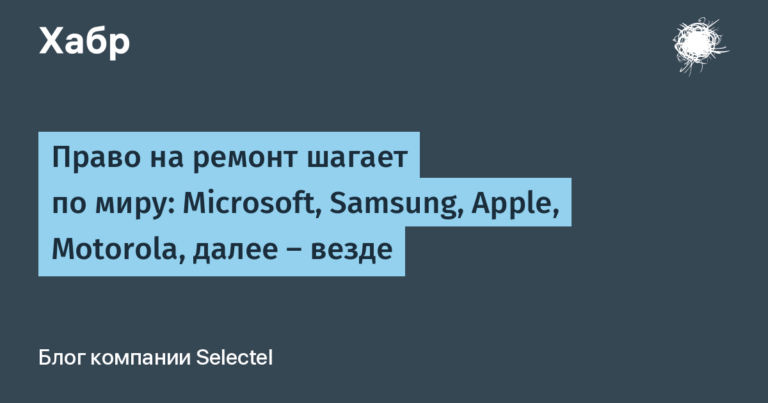4K Ultra HD on Pixel Shifting projectors. Truth or marketing?

4K Ultra HD resolution has long gone from being something exotic for enthusiasts to being a common everyday picture format, and it’s hard to find Full-HD TVs and monitors on the market. On this wave, relatively inexpensive Chinese projectors with Pixel Shifting technology began to appear a few years ago, which, having a native matrix of 1920-1080px, could reproduce a resolution of 3840-2160px by fast pixel shift. In this article, we will figure out how well they cope with this task and whether marketers are leading us by the nose, trying to sell a pig in a poke.
Test equipment
Fengmi Cinema 2 4K Projector
ALR screen Mivision 100″ Hard Frame
Monitor AOC U32U1 (4K resolution)
Photos taken on the phone Huawei P30 Pro
Frame-by-frame analysis with 12K 60fps HRD quality moment
A bit of math
Full HD resolution 1920-1080px consists of approximately 2 million pixels.
4K Ultra HD 3840-2160 resolution consists of approximately 8 million pixels.
That is, 4K is four times larger than Full HD, or has four times as many pixels.
Technology
The projector on which we will experiment Fengmi Cinema 2 4K is relatively inexpensive and currently costs 180tr, I will clarify that analogues of famous brands such as LG, Samsung or Epson are 2-3 times more expensive. This single-chip DLP projector is based on a 0.47-inch Texas Instruments DMD chip with a native resolution of 1920×1080.
How do we get a resolution of 8 million pixels, having only 2 million on board, that is, four times less? I will not go into technical details, but in simple terms, the projector’s native matrix shifts four times during a standard frame (1/60 second), each time displaying a picture with a pixel shift and projecting the missing pixels in each cycle. Thus, giving out instead of the standard 60 frames per second 240, but with four times more information, we get almost honest 4K.
For information, the same Epson EH-LS500 worth 500tr only doubles the native resolution, making two cycles per frame, getting something between Full HD and 4K.
Test Methodology
Photos were taken of the central fragment of the frame with a high amount of detail. Photos were taken:
From a native 4K resolution monitor
From the projector in 4K mode
From the projector in Full HD mode
Below is a screenshot of the entire frame, the photos were taken from its central part.

Comparison of photos, analysis of nuances
I strongly recommend viewing photos on the monitor and opening photos in full screen by clicking on them. Pay attention to the hieroglyphs on the sides of the stairs, to the stairs itself, the windows on the building, the details of the car, and in general to small details.
Photo 1. The first photo shows a more general comparison:

Photo 2. The same photo, but a larger zoom:

Comparison of a projector in Full HD and 4K mode, very large zoom

Comparison of a 4K monitor and a Full HD projector

Comparison of a 4K monitor and a 4K projector

Photo analysis
Undoubtedly, modern technologies have stepped very far and starting this experiment, I did not expect such results.
We will not talk about the difference between Full Hd and 4K projectors, the difference is obvious, of course it exists and the detail in 4K is much higher.
Let’s talk about comparing monitor and projector in 4K mode. Considering that the projector still does not have such a good “focus” as the monitor matrix (unless, of course, there is such a term in relation to the monitor). But we understand that at the pixel level, their clarity is certainly higher on the monitor, as can be seen from the grainy, differentiated structure of monitor photos. In the projector, the structure is more blurred, but at the same time it looks more cohesive. Also on the projector with such a huge magnification, the ALR structure of the screen is noticeable in the form of small black stripes near the contours of objects. In reality, neither the pixel structure of the monitor nor the stripes on the projector are visible.
If we talk about detailing, then I practically did not see a single scene in which the monitor would show noticeably more details than the projector. Yes, the picture on the monitor seems more detailed, but this is precisely because of the peculiarities of the pixel structure of the monitor matrix and the optical features of the projector.
If you look at the hieroglyphs at the stairs in photo 2, then the information is almost the same, but on the projector everything is a little more blurred, which is natural – this is the light that passed through the lenses and reflected from the canvas. Everything is 1 in 1 on the monitor.
The same situation with window sashes and other small objects in the frame. There is again a slight deformation of the geometry in the photographs from the projector, which is noticeable on the straight lines of the windows, I think this is due to the not absolutely ideal surface of the canvas, and is noticeable only on such super crops. In reality, the picture from the projector is perceived as very complete and detailed.
findings
I deliberately did not give examples of various test tables with a different set of vertical and horizontal lines. More importantly, how you see the picture in real scenarios, that is, in the video.
In general, of course, the picture on the monitor is better in detail – there is no blurring, perfect geometry and pixel-by-pixel native detailing. But I did not expect at all that the projector would be able to give out such an amount of detail that is practically not inferior to the monitor.
I can safely say that the projector displays 4K and all the details that go with it. The difference between Full HD and 4K on a 100 “screen is immediately visible. No artifacts due to Pixel Shifting technology are visible during viewing, the picture is smooth, even and very detailed. I would like to compare my projector with a native 4K projector, such as Sony or JVC , but I’m not sure I’d notice much of a difference, and if you’re looking to upgrade your projector for 4K or just buy yourself a projector with that option, it’s definitely worth it.




